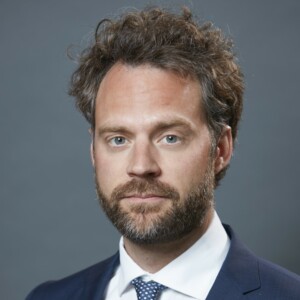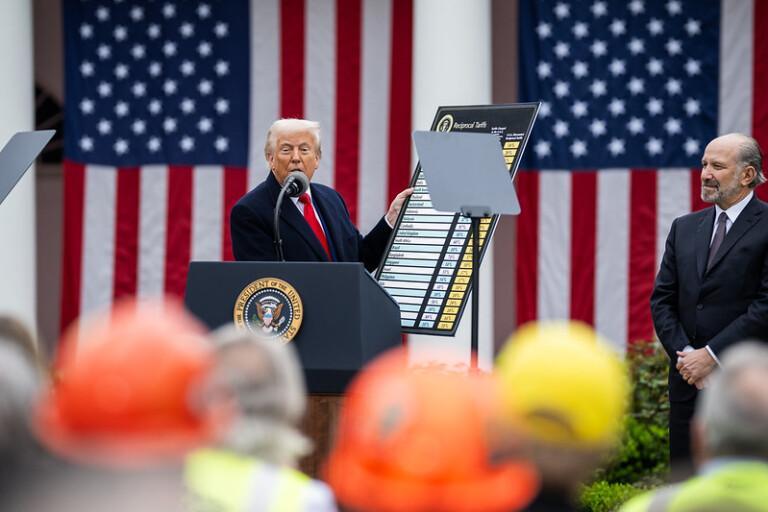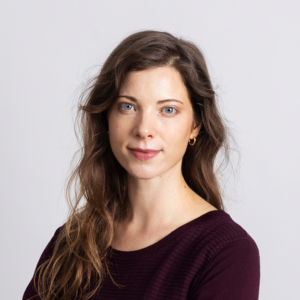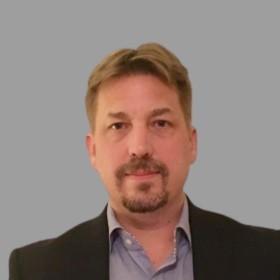
Cuba’s presumed new president, Miguel Díaz-Canel, is facing hefty challenges. A major hurdle is the on-going militarization of the Cuban state and economy, which will slow down the liberalization of the Cuban economy and prevent any democratic opening in the coming years.
Cuba’s political situation is delicate. President Raúl Castro is expected to step down on April 19. The island is facing an unprecedented political transformation with the first non-Castro president in more than forty years. The entire historic generation of leaders is either retiring or facing retirement soon. At the same time, the Soviet-style economy is struggling badly and is in need of an overhaul, suffering as it does from chronic underinvestment and a lack of competitiveness. Poverty levels have risen because of underemployment and cutbacks in social subsidies.
Despite social equality being a founding principle of the Cuban state, its dual currency system is generating growing income disparities. At present, Cuban state workers are paid wages in the ‘national currency’, namely the Cuban peso (CUP), and most prices in the domestic economy are quoted in CUP. However, the tourism sector operates in ‘hard currency’, the Cuban Convertible Currency (CUC), as do multinational companies. This leads to economic distortions and complicates policymaking. The quality of healthcare and public education – considered the jewels of the revolution – are deteriorating. Cuba also has a demographic problem with an aging population.
For many years, Cuba has received significant aid and services export income from Venezuela, its main ally and benefactor. Now, with Venezuela in economic chaos, these income sources are dwindling. Simultaneously, the deteriorating relationship with the US is upending nascent foreign investments and income from tourism generated by the easing of economic sanctions under the Barack Obama presidency. The Donald Trump administration has issued new regulations prohibiting tourist travel to the island, banning financial transactions with companies controlled by the Cuban military, and restating the importance of the US embargo.
Will Miguel Díaz-Canel be able to cope with these internal and external challenges? As the first Cuban leader not to have fought in the revolution, he lacks the natural legitimacy that stems from a revolutionary pedigree. Instead, he will need to generate it by producing better governance. Younger Cubans, in particular, are critical of the regime and expect changes. At the same time, Díaz-Canel will need to stay true to the principles of ‘Castroism’, so as not to alienate the Communist Party and its stalwarts. Chosen by Mr. Castro, the new president is hardly a radical reformer. Diáz-Canel has a reputation for being an efficient manager and for being a modest man of the people. Above all, he is the quintessential political insider, having risen gradually through the party ranks, by staying loyal and out of the public limelight. He will now need to perform a difficult balancing act, implementing reforms, while paying heed to Castroism.
Much continues to depend on Mr. Castro, who will probably remain head of the Communist Party, and, in any case, the unofficial head of the military. While he has repeatedly acknowledged the need to update the model, his foremost priority is for Castroism not to lose control of the one-party state. His son, Alejandro, has been made the intelligence czar of Cuba, responsible for internal security. His daughter, Mariela, is a member of the National Assembly and head of the most important gender policy think tank. From the Castros, the new president can expect support for gradual economic change, but not for any shock therapy, let alone democratization.
Raúl Castro’s most important legacy is his militarization of the Cuban state and economy. Key government positions have been handed to the military. It now controls all tools of repression, with the Interior Ministry having been merged into the armed forces. This puts the military in a strong position to quell any incipient anti-regime movement. In essence, Cuba now has two power centres – the Communist Party and the military. In Mr. Castro’s thinking, the political survival of the former ultimately hinges on the latter.
At the same, this entrenched position of the armed forces may further complicate the making of economic reforms. Eliminating the dual currency system would be the most urgent task. It would allow price signals to work, give policymakers better data, and make it easier to open up the domestic economy to foreign investment. This should boost productivity, the lack of which is the Cuban economy’s biggest problem. The military, however, has a vested interest in the status quo. Through its conglomerate Gaesa, the military controls most companies operating in the ‘hard currency’ sectors, such as trade, tourism and ports. The military duly profits disproportionately from the current economic structure, including the dual currency system. It will need to be compensated for giving up these easy profits.
Cuba has renegotiated most of its official debt with Paris Club lenders such as France, Spain and the UK, as well as with the London Club (a group of private creditors), which could pave the way for more bilateral financing from the EU. However, it means the island will need to start servicing any new and outstanding debts, which requires the building up of foreign reserves. In particular, Cuba will need to remove barriers to foreign investment and start producing exports at globally competitive prices.
Both China and Russia have also forgiven most of their dues. In return, they have been given preferential treatment when it comes to investments on the island. Russia is also vying to reactivate the ‘Lourdes’ listening station in Cuba, located around 160 kilometres from the continental US. The success or failure of the reactivation bid will be an indication of the direction in which Cuba is heading.







